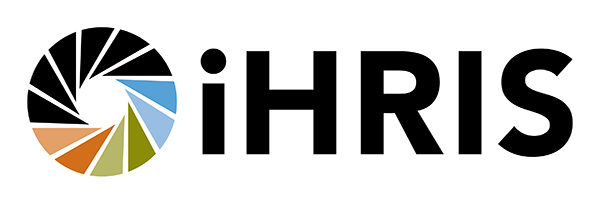iHRIS 5.0 Offers New Reporting Features and More for Health Worker Data

IntraHealth International has rebuilt its flagship iHRIS software in a global effort to make the program simpler, more adaptable, and easier to manage and customize for countries that want to use it to manage their health worker data.
The new version features an improved search function, responsive graph capabilities, and a professionally-designed interface that is easy to read on a phone, tablet, or computer. IntraHealth’s digital health team made all improvements in close collaboration with the global community of iHRIS users and implementers.
“We conducted a lot of user interviews,” says Brian Lamb, senior full stack developer at IntraHealth. “The more they’re involved and excited about it, the more likely they are to adopt the application sooner rather than later.”
Lamb says by engaging users in the process, the team ended up with a better product. “We wanted to figure out where their pain points were so we could build their feedback into the new version,” he says.
IHRIS 5.0’s new reporting features mean users now have complete control over the creation of graphs and charts within the software. “Each user can create as many customized dashboards as they want,” Lamb says. “They’ll also be able to filter that information on the fly, as the graphs automatically update based on a set of filters the user can create.”
IHRIS 5.0 conforms to Fast Healthcare Interoperability Resources, or FHIR, standards—a newly emerging set of standards for the exchange of health information. This means the health data that health centers and providers create can be easily migrated to other platforms.
“We've given complete control over what data is important to the user,” Lamb says. Users can add or remove parameters when searching for information, making the data easier to comb through and manipulate.
For example, an iHRIS 5.0 user looking at health worker data may choose to ignore fields about health workers’ physical addresses, while another may need to drill down further and designate whether the address is business or residential. Previously, this level of selectivity was not an option.
Right now, iHRIS 5.0 is available on GitHub for download by early adopters, though Lamb says the team is still ironing out some kinks before it goes into full production use.
The team hopes to add offline data management, whereby users can save data without an internet connection, to be synchronized with the server once they find on a stable connection; attendance monitoring; and performance tracking in future updates to iHRIS 5.0.
“There's a lot more to come—what you see is the tip of the iceberg,” Lamb says. “We’re going to continue to iterate and add new features as we hear from users.”
Are you an iHRIS user? Have ideas for how we can improve it? Contact us here.
